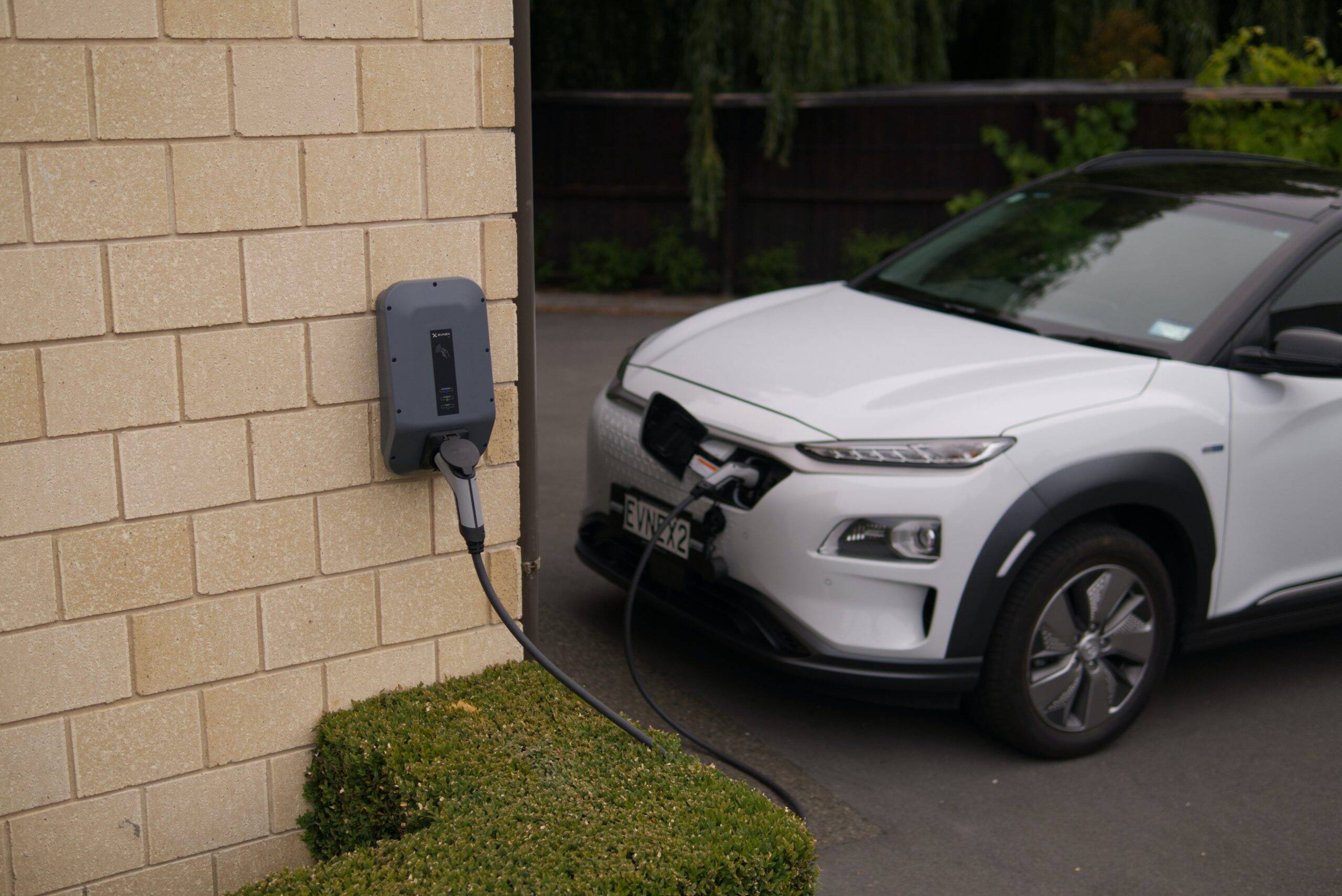You’ve reached your limit!
To continue enjoying Utility Week Innovate, brought to you in association with Utility Week Live or gain unlimited Utility Week site access choose the option that applies to you below:
Register to access Utility Week Innovate
- Get the latest insight on frontline business challenges
- Receive specialist sector newsletters to keep you informed
- Access our Utility Week Innovate content for free
- Join us in bringing collaborative innovation to life at Utility Week Live

Amid work towards the UK’s 2050 net zero target and a shifting landscape of expectation and responsibility, experts shed light on some of the prevailing external forces shaping innovation in asset management.
As UK-wide net zero targets loom, network asset management and performance specialists face the imminent challenge of ensuring that aging infrastructure is ready to weather game-changing developments such as full chain flexibility and the exponential growth of distributed energy resources.
Progress in such adverse conditions will require rapid, industry-wide, innovation in areas such as asset base and network process digitalisation as well as a greater and growing emphasis on data sharing – all of which must be undertaken with sensitivity to low carbon, community and biodiversity implications.
With this in mind, asset management, operations and delivery leaders descended on Utility Week’s Network Asset Performance Conference 2021 – a UW first hybrid event – alongside a range of influential stakeholders to share how they are innovating in the face of a raft of new and fluctuating market forces.
Here are some of the key innovation drivers they highlighted:
Accelerating the industry’s green revolution
Discussing the National Grid’s power flow control valves to enhance network performance – a world first for transmission – Stewart Whyte, head of network control and transformation at the National Grid, explained that a key focus of innovation on today’s network is to accelerate what he referred to as the “green revolution”.
Though he stressed there’s still “much more to do”, he outlined three main ways to meet net zero targets: Decarbonising assets in line with science-based targets; connecting new customers with wind, solar and battery points; and creating capacity for new customers on generation side.
Whyte, however, expressed excitement tempered with trepidation on the subject of future network asset tech developments, citing the importance of keeping the industry on the path it has already embarked upon when it comes to environmental challenges.
In concluding, he said that while reaching net zero was the most significant industry-wide challenge facing the industry – and an unprecedented one at that – he takes comfort in the fact that it is an issue industry experts face “collectively”.
However, he caveated that regulatory and government support are essential to delivering in the race towards net zero.

Emphasis on ‘holistic’ network planning
Outlining Ofgem’s role in enabling low carbon infrastructure investment, Vlada Kolosyuk, senior manager, network price controls, at the regulator emphasised the need for cross sector programmes in areas such as low-carbon infrastructure.
She explained that holistic network planning was essential in creating these and that there is an acute awareness that networks need to move at a faster pace and be more connected during the next phase of net zero transition.
Kolosyuk added that themes to approach collectively included strategic investment and issues such as the future of hydrogen and gas.
Digitalisation to deal with scale of asset growth
Laura Sandys CBE, currently chair of the Energy Digitalisation Taskforce, added that digitalisation was a key factor in the net zero transformation, dealing with the impending “climate emergency”, and the transition to dealing with a “seismic change” in the number of actors and in the energy sector – from some 400 to an estimated 100m.

While she said that the UK was already doing “very very well” in terms of managing this transition, challenges such as the role of data and ever diversifying consumer needs lie ahead.
“We’re all going to have to become a lot more savvy when it comes to algorithms and system design,” Sandys added. “We will not be able to continue as we are, having lived in a linear energy system – networks will be at the heart of this.”
She explained that analogue approaches would not be sufficient as the sector looks to unlock customer-centric products and grapple with fundamental changes in the way customers and supply side interact.
An increasingly complex consumer environment
Sandys continued that a whole new level of visibility, knowledge, algorithms and analytics will be required as customer profiles and energy needs change.
“This is going to make the customer environment much more complex,” she said, adding that the industry faced an additional challenge of working across networks and with new partners.
Sandys also flagged the need for greater digital literacy and ability to learn from other sectors. “We do lack digital skills and we do need greater experience of partnership with digital natives,” she explained.
“Embrace the fact the journey has started, we’re all in this together, and that digitisation will be a crucial component of our energy system as we move towards net zero and delight customers in a decarbonised way.”
Role of local actors and authorities
Assembled experts were also unanimous that local actors and authorities would be a firm fixture in future innovation and the growth from around 400 to 100m network actors, as outlined by Sandys.
They agreed that the role of local authorities would stretch from providing accurate data and information to networks and managing the local implications of decisions being taken on a nationwide level, to helping model different options within areas and fundamentally playing the role of the “honest broker”, according to the National Grid’s Whyte.
Eliane Algaard, operations director at SSE, added that working with local authorities to map out regional network plans had helped her firm identify opportunities to roll out low carbon technology, for example, and offered a means of breaking out of siloed mindsets.

Quality of analytics and data usage
Discussing data interoperability and the net zero transition of assets, Eric Brown, chief technology officer at Energy Systems Catapult, explained that interactions between assets are going to be as important as the assets themselves in years to come.
With this, he explained that intelligent data usage and flow had the potential to create better informed decisions and innovation in broad subject areas such as investment and carbon footprint. He stressed that the right data in creative hands can do “a lot of good and achieve an awful lot”.
John Harvey, senior consultant at software company Copperleaf also made this point, emphasising the power of decision analytics in building infrastructure fit for the future, creating optimum investment programmes and ultimately building roadmaps to net zero.
Longer term climate challenges
To round off the conference, the University of Birmingham’s Dr Emma Ferranti, senior lecturer in engineering, and postgraduate researcher Daniel Donaldson, outlined a framework for climate adaptation in the electricity distribution network.
Detailing their own work with Electricity North West, the pair also explained how asset owners and operators can be more resilient to climate changes and identify vulnerability and risk to assets.
They explained that DNOs need to incorporate more stringent climate resilience and change into their long term planning due to the changing impact of weather events such as flooding, increased temperature, lightening and high winds on assets.
Climate adaption has to become “business as usual”, they stressed, with long term thinking important in preparing assets for climate change amid adaptation shortfall for lightening, storms and high winds.

See this content brought to life at Utility Week Live, 17-18 May 2022 NEC Birmingham
New approaches to asset management and maintenance and delivering smart water networks are among the frontline challenges at the heart of Utility Week Live 2022’s live content programme.
View the challenges and be alerted for tickets to the industry’s most eagerly awaited reunion at utilityweeklive.co.uk.

Please login or Register to leave a comment.